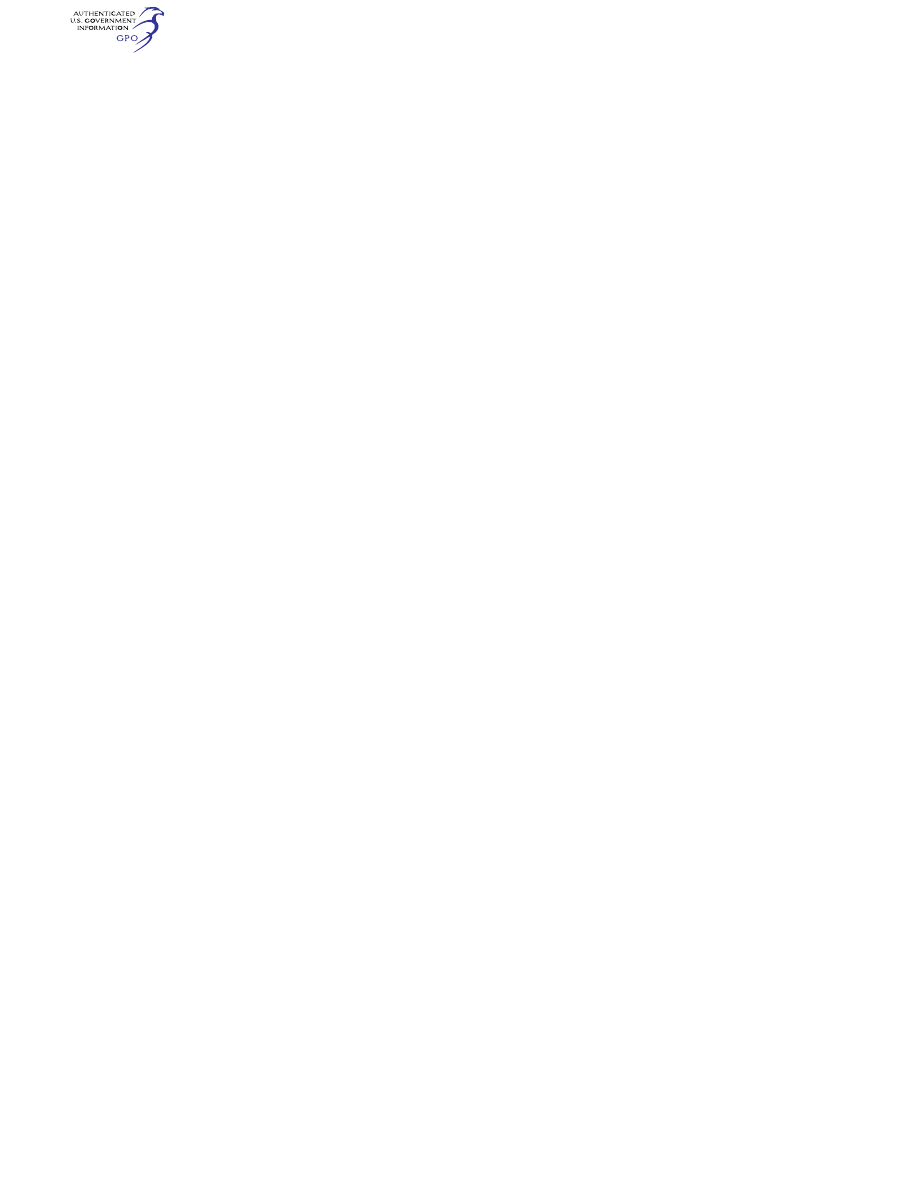
129
Federal Aviation Administration, DOT
§ 121.317
than 200 cubic feet in volume must
have ceiling and sidewall liner panels
which are constructed of:
(1) Glass fiber reinforced resin;
(2) Materials which meet the test re-
quirements of part 25, appendix F, part
III of this chapter; or
(3) In the case of liner installations
approved prior to March 20, 1989, alu-
minum.
(b) For compliance with paragraph
(a) of this section, the term ‘‘liner’’ in-
cludes any design feature, such as a
joint or fastener, which would affect
the capability of the liner to safely
contain a fire.
(c) After March 19, 2001, each Class D
compartment, regardless of volume,
must meet the standards of §§ 25.857(c)
and 25.858 of this Chapter for a Class C
compartment unless the operation is
an all-cargo operation in which case
each Class D compartment may meet
the standards in § 25.857(e) for a Class E
compartment.
(d)
Reports of conversions and retrofits.
(1) Until such time as all Class D com-
partments in aircraft operated under
this part by the certificate have been
converted or retrofitted with appro-
priate detection and suppression sys-
tems, each certificate holder must sub-
mit written progress reports to the
FAA that contain the information
specified below.
(i) The serial number of each airplane
listed in the operations specifications
issued to the certificate holder for op-
eration under this part in which all
Class D compartments have been con-
verted to Class C or Class E compart-
ments;
(ii) The serial number of each air-
plane listed in the operations specifica-
tion issued to the certificate holder for
operation under this part, in which all
Class D compartments have been retro-
fitted to meet the fire detection and
suppression requirements for Class C or
the fire detection requirements for
Class E; and
(iii) The serial number of each air-
plane listed in the operations specifica-
tions issued to the certificate holder
for operation under this part that has
at least one Class D compartment that
has not been converted or retrofitted.
(2) The written report must be sub-
mitted to the responsible Flight Stand-
ards office by July 1, 1998, and at each
three-month interval thereafter.
[Doc. No. 28937, 63 FR 8049, Feb. 17, 1998, as
amended by Docket FAA–2018–0119, Amdt.
121–380, 83 FR 9173, Mar. 5, 2018]
§ 121.315 Cockpit check procedure.
(a) Each certificate holder shall pro-
vide an approved cockpit check proce-
dure for each type of aircraft.
(b) The approved procedures must in-
clude each item necessary for flight
crewmembers to check for safety be-
fore starting engines, taking off, or
landing, and in engine and systems
emergencies. The procedures must be
designed so that a flight crewmember
will not need to rely upon his memory
for items to be checked.
(c) The approved procedures must be
readily usable in the cockpit of each
aircraft and the flight crew shall follow
them when operating the aircraft.
§ 121.316 Fuel tanks.
Each turbine powered transport cat-
egory airplane operated after October
30, 1991, must meet the requirements of
§ 25.963(e) of this chapter in effect on
October 30, 1989.
[Doc. No. 25614, 54 FR 40354, Sept. 29, 1989]
§ 121.317 Passenger information re-
quirements, smoking prohibitions,
and additional seat belt require-
ments.
(a) Except as provided in paragraph
(l) of this section, no person may oper-
ate an airplane unless it is equipped
with passenger information signs that
meet the requirements of § 25.791 of this
chapter. Except as provided in para-
graph (l) of this section, the signs must
be constructed so that the crew-
members can turn them on and off.
(b) Except as provided in paragraph
(l) of this section, the ‘‘Fasten Seat
Belt’’ sign shall be turned on during
any movement on the surface, for each
takeoff, for each landing, and at any
other time considered necessary by the
pilot in command.
(c) No person may operate an air-
plane on a flight on which smoking is
prohibited by part 252 of this title un-
less either the ‘‘No Smoking’’ pas-
senger information signs are lighted
during the entire flight, or one or more
‘‘No Smoking’’ placards meeting the